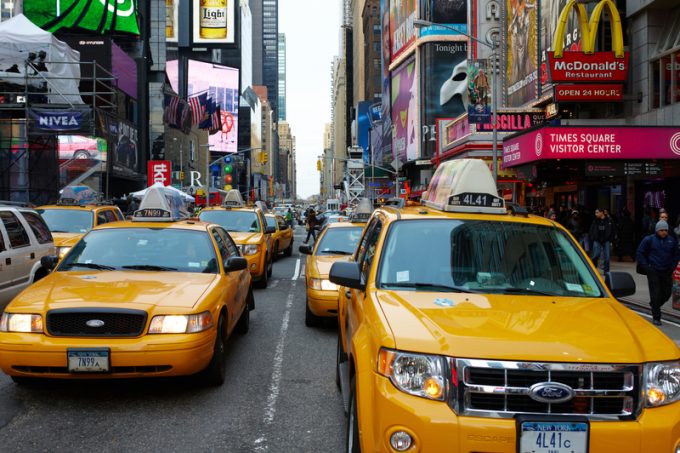European port congestion now at five-to-six days, and getting worse
European port congestion continues to worsen, with workforce constraints “exceeding forecasts” in Bremerhaven, and stakeholders ...

Despite the additional cost, logistics operators could benefit from New York City’s decision to impose congestion charges on vehicles entering the most crowded areas of Manhattan.
The move ends a decade-long battle, with reports that Uber spent $2m lobbying lawmakers to back the initiative, and marks ...
Keep our news independent, by supporting The Loadstar
Red Sea crisis has driven most new capacity into extended Asia-Europe trades
Carrier price hikes hold, driving spot rates higher as space gets scarcer
Crew forced to abandon ship in latest fire on vessel carrying EVs
The Loadstar Podcast | Transport Logistic and Air Cargo Europe 2025
Carriers on the hunt for open tonnage again as transpacific rates soar
'Now or never' for Kuehne and DHL GF to hit back at DSV
Asia-West Africa ULCV deployment opens new markets for carriers
Project cargo: oversized and heavy, posing risks outside the norm for ports
Turkish Airlines falls foul of air safety regulations, claims India's aviation authority
CMA CGM eyeing multi-billion euro investment programme in Algeria
Air cargo players still wary of long-term block space deals – 'a risk on both sides'

Comment on this article